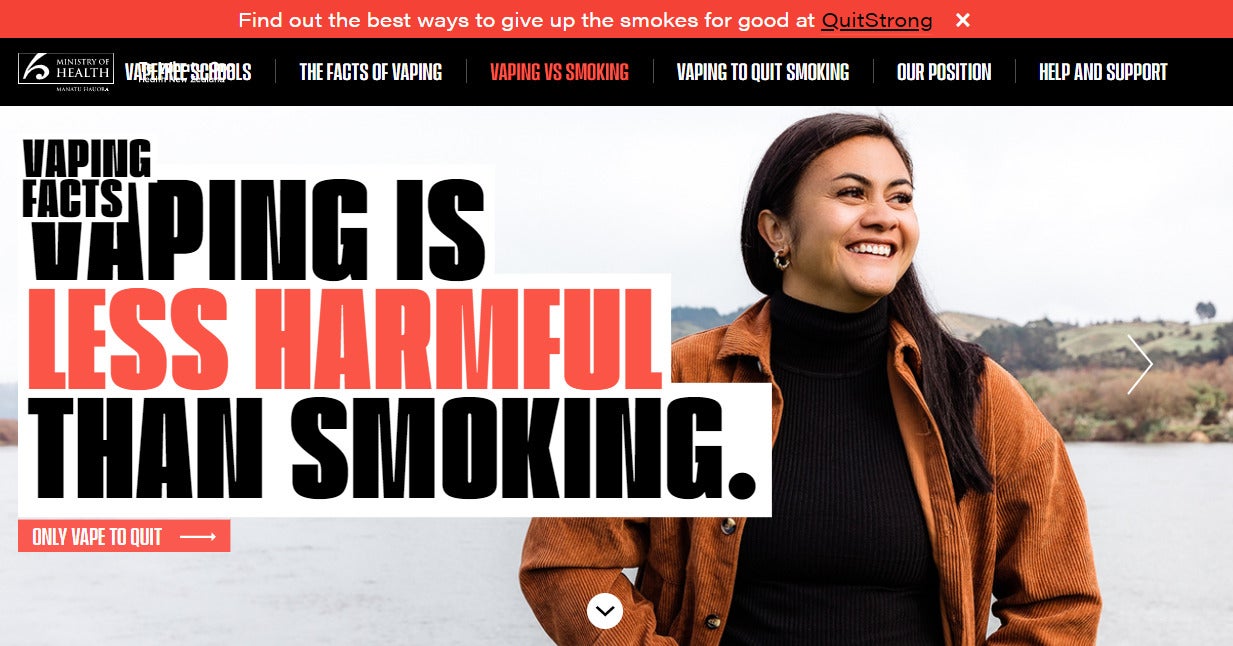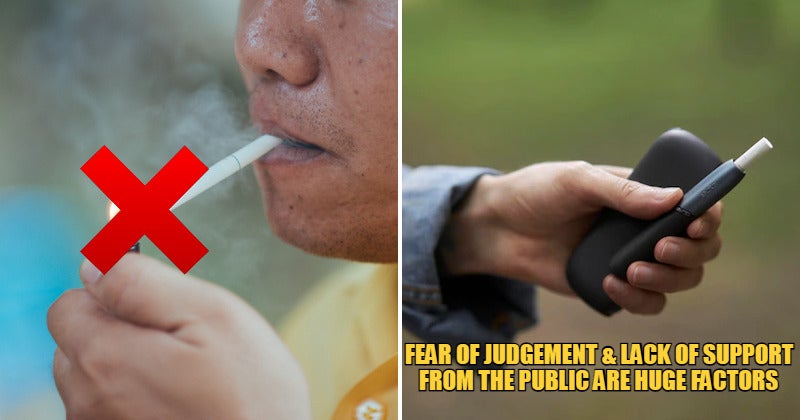Every smoker has dreamed of quitting this bad habit and many have even attempted to do so but it’s definitely easier said than done. Currently, the World Health Organisation (WHO) estimates that there are around 1.3 billion adult smokers in the world and these smokers will continue to exist well over the next decade. So, something needs to be done to help them quit or switch to an option with reduced risk.

In a conversation with Rishaad Hajee, Head of Regulatory Market Activation at Philip Morris International (PMI), he mentioned the general consensus that needs to be adopted by the public is “If you don’t smoke, don’t start. If you’re smoking, quit. If you can’t quit, CHANGE.” But do you ever wonder what’s stopping these smokers to quit or change even with the abundance of options in the market and available information online? Read on to find out what are some of the most common problems in Malaysia that are hindering our smokers from quitting.
1. Lack of access to safe tobacco harm reduction (THR) products

In Malaysia, vapes are not yet regulated so it’s technically illegal to sell them. However, this doesn’t stop vape sellers from sprouting like mushrooms throughout the country. This also makes way for the illicit market to bring in products that are easily accessible to the public. Apart from vape products, heated tobacco products (HTP) are also available in Malaysia but unfortunately, general awareness is still low. If we take a look at IQOS, a HTP by PMI, the total number of users in Malaysia as of 2021 is standing at around 115,000. Though it may seem like a lot, it only makes up 2% of the general adult smoker population in Malaysia (which totals up to roughly five million smokers).

Apart from the regulation challenges, the price point can pose a challenge for Malaysians, especially for the B40 community. WHO stated that 80% of smokers are living in lower-to-middle-income countries (LMIC) which include Malaysia. This probably explains why the takeup rate for THR products is generally still low.
2. Misinformation and fear-mongering in the media
Unfortunately, this issue is happening both on a local and a global scale. It’s very common to see mainstream media publishing stories that feed into the fear-mongering of e-cigarettes. The dangerous effect of spreading this news is that there is no way for the public to know whether the e-cigarettes mentioned are obtained from safe sources or from illicit markets since vaping is not yet regulated. This is why it will continue to perpetuate the public’s fear and stigma around the topic.


Examples of negative e-cigarette news from local media portals.
Other than the media, it is also found that there are experts in the industry that are trying to extend the stigma around e-cigarettes. For instance, based on a talk from Martin Cullip, a Consumer Advocate from the International Fellow of the Taxpayers Protection Alliance’s Consumer Center, UK, mentioned that the public believes there are not enough studies done on vaping but this fact is false. There have been more than 7,000 researches done on vaping but these studies are meant to find fault instead of proving its efficacy. This shows that this field doesn’t actually lack information regarding e-cigarettes, we just have a lot of the wrong ones.
3. Judgement and lack of support from the public

The direct consequence of the spread of false information from the media is the judgement and lack of support that we get from the general public (particularly from non-smokers). There’s an ongoing stigma surrounding THR products which stems from the misinformation that is spread around. For example, there are many non-smokers who would condemn THR products by grouping them together with cigarettes as they are unaware of the studies and scientific facts of these products. This is why more local research must be published and made accessible to the public to avoid misconceptions from spreading like wildfire.
The judgement from the public can also present itself in the form of fake news being spread on social media (especially messaging apps like WhatsApp) which will fuel more hatred towards the products and prevent smokers from switching to a less risky alternative after witnessing the hate that these products get.
4. Lack of regulations and guidance from government bodies
Even though a few THR products are permitted to be used in Malaysia (such as HTPs or oral tobacco products), education on these products is still relatively low. This is mainly caused by the general lack of acceptance and education in the country. If we take a look at New Zealand as an example, as part of their Generational End Game (GEG) law, the government bodies encourage the usage of vape in an effort to help smokers switch to a less risky alternative. The Ministry of Health even set up a website where smokers can find facts about vaping, how to use vape products to quit smoking and more.

The homepage of New Zealand’s website about vaping.
In comparison to Malaysia, that same mindset or support towards e-cigarettes cannot be found here. In fact, there are not enough guidelines or helpful sources provided to local adult smokers right now to help them in their attempts to quit or switch.
Looking at these challenges, it might seem really difficult for us to encourage smokers in our country to quit. But, there are a few steps that Malaysians can take to help their loved ones (or themselves!) work towards that dream goal of quitting or changing. Some of them include:
- Urging the government to come up with a better aid program for smokers who are attempting to quit.
- Calling out any media outlets if they post any fear-mongering articles/materials on their platform. Instead, we need to get local media to post more research-based articles to raise the public’s knowledge on the issue.
- Conducting independent researches to collect local data and publishing them to educate and convince smokers to switch (this step will understandably take more time but it’s worth doing for the sake of our future).
- Providing incentives to smokers who managed to quit or change in order to prompt higher uptake of THR products. For instance, cigarettes should be more tightly regulated as compared to THR or cigarettes should be priced higher than e-cigarettes.
Do you know any other ways we can help smokers to quit? Share them with us below!





































